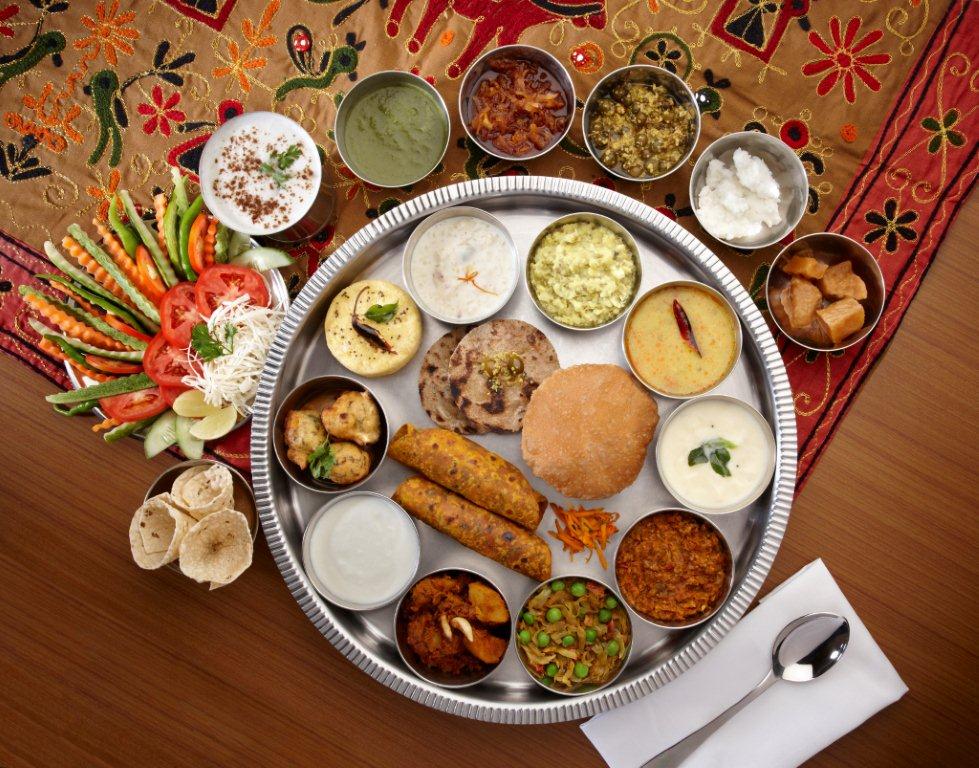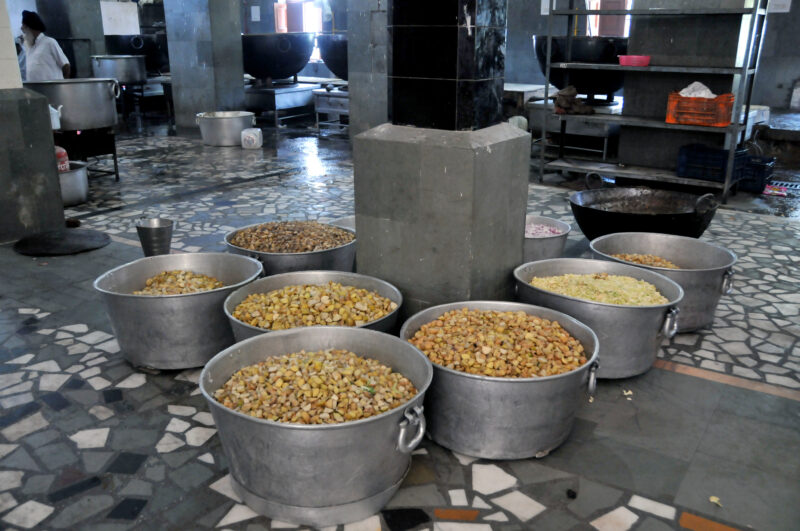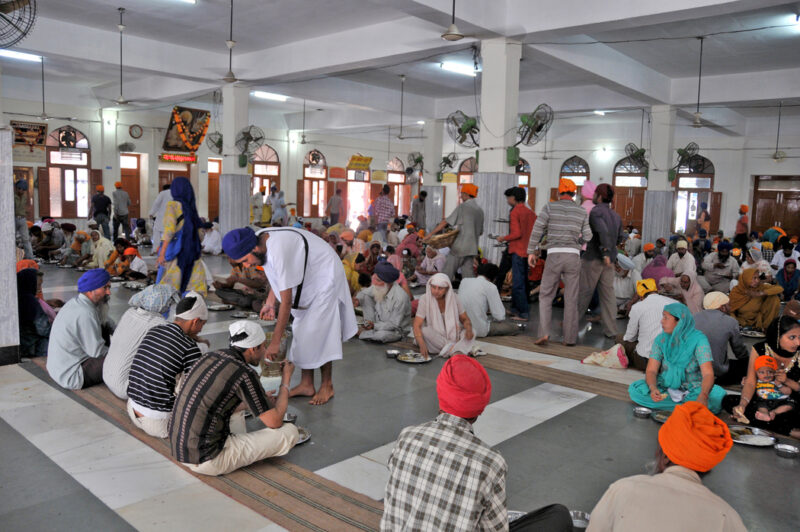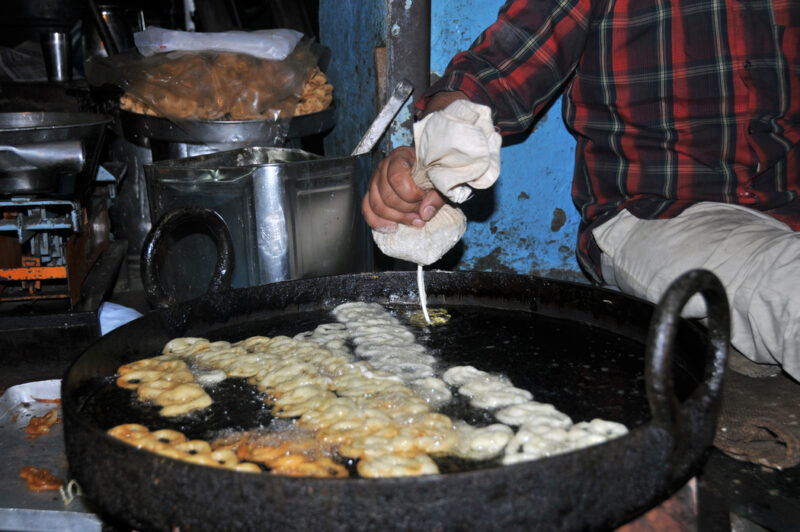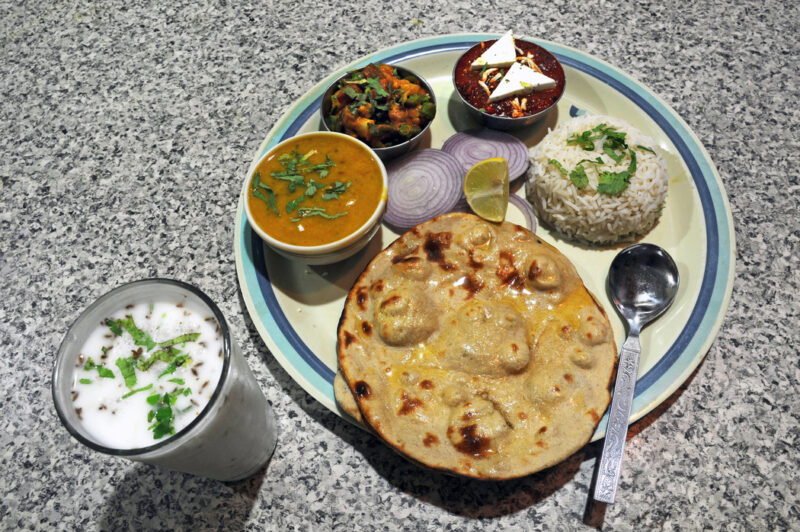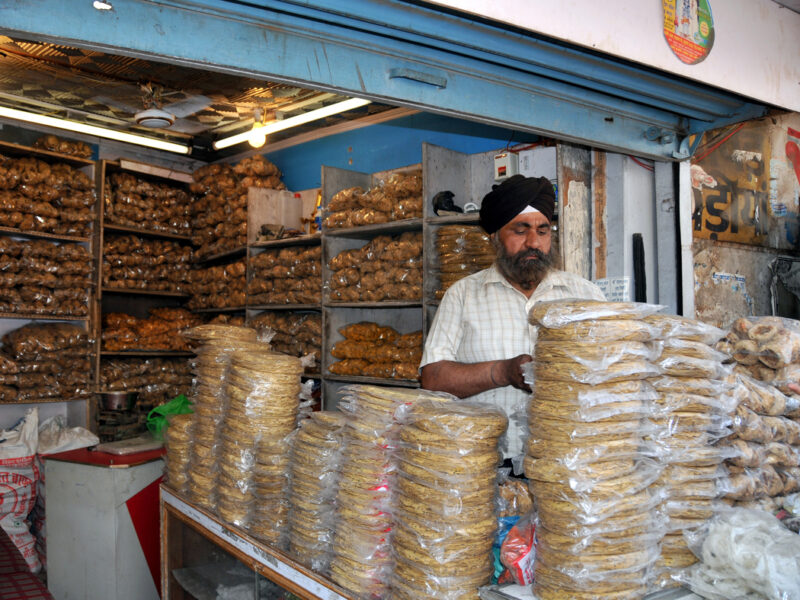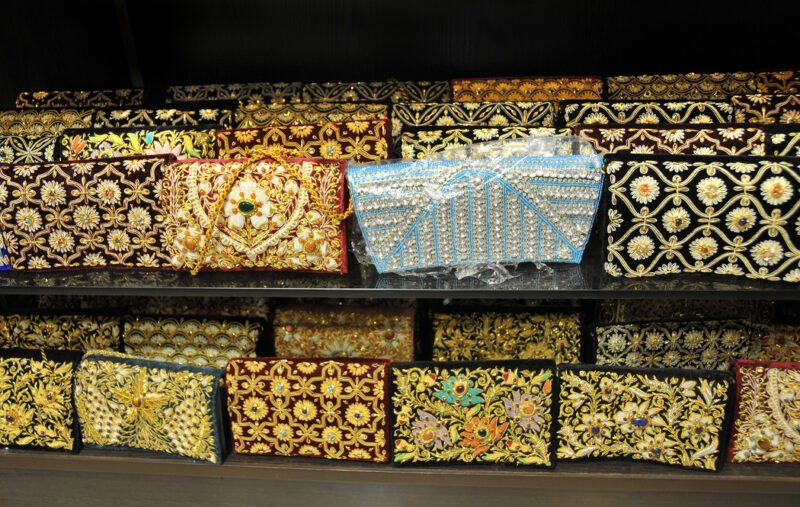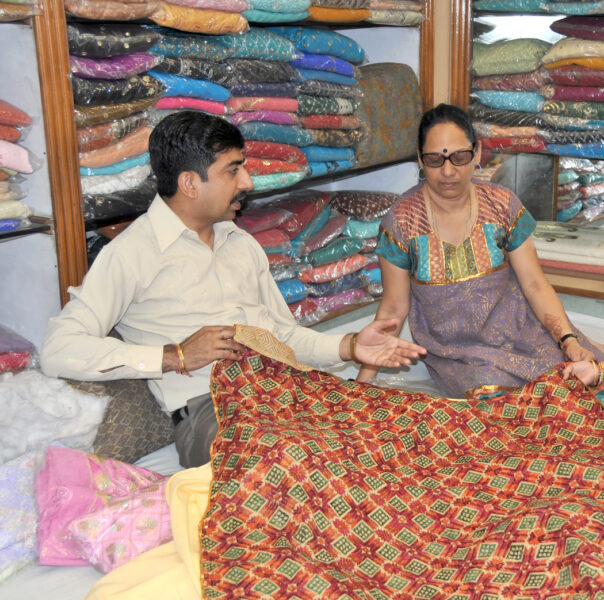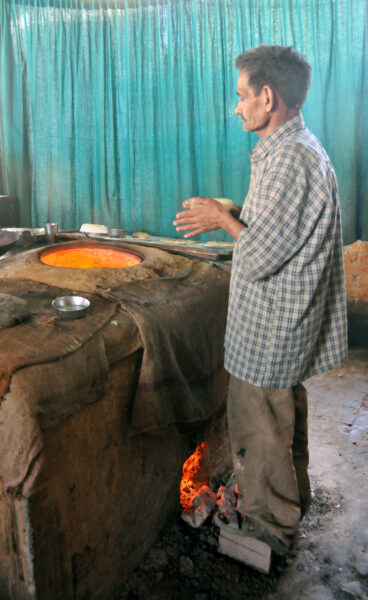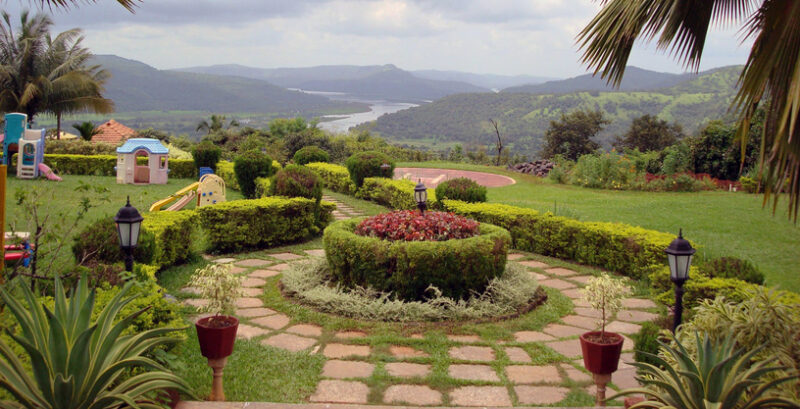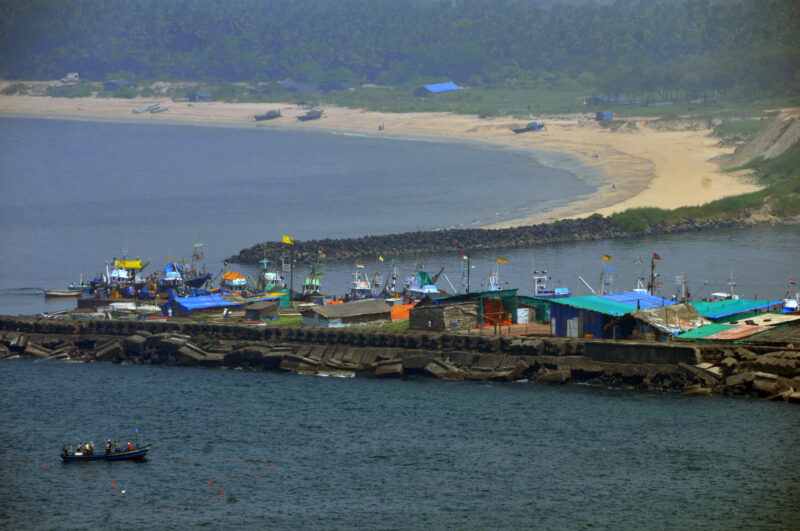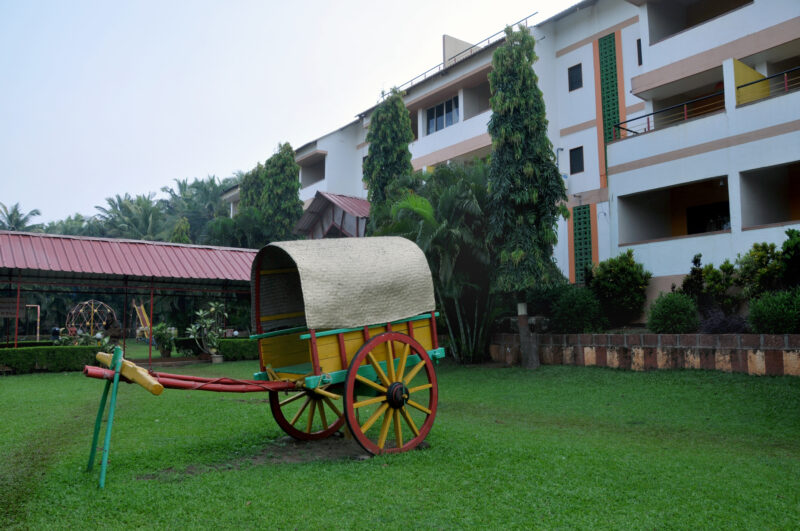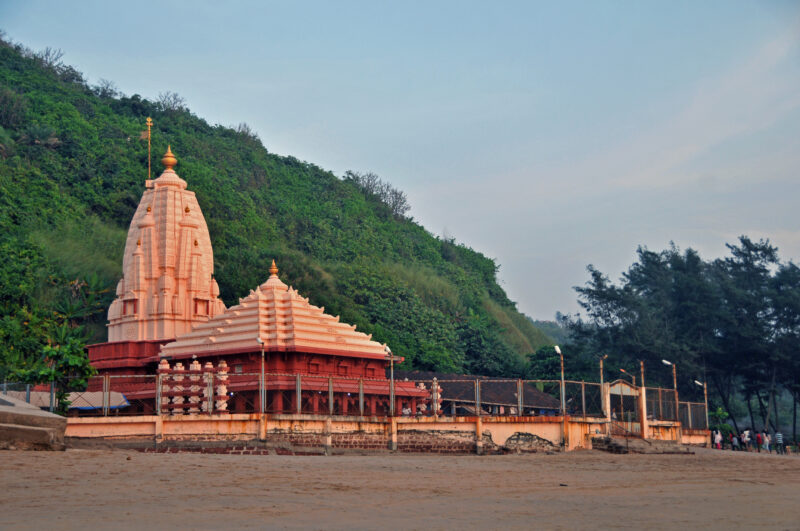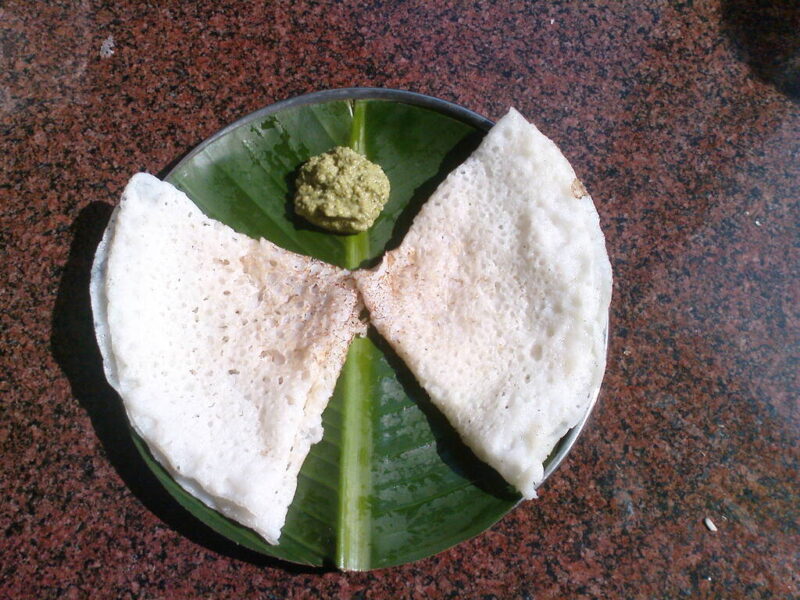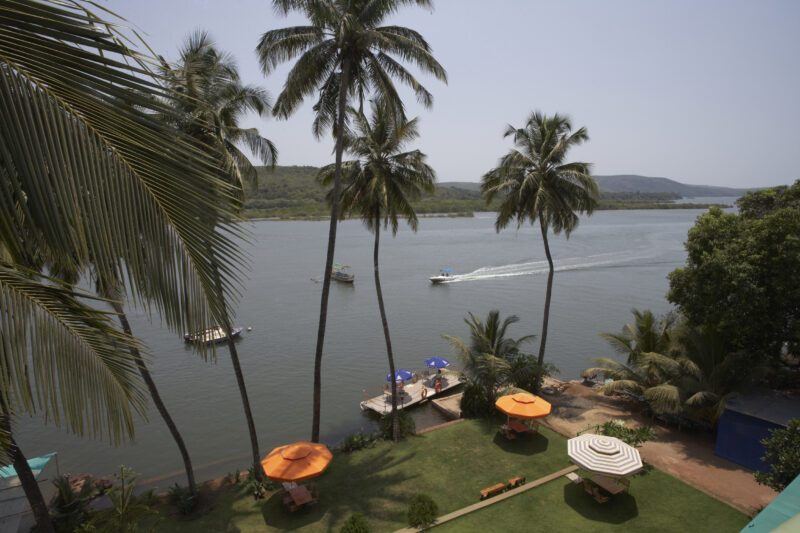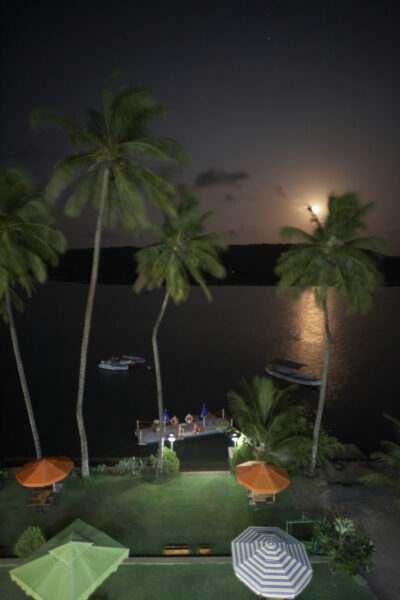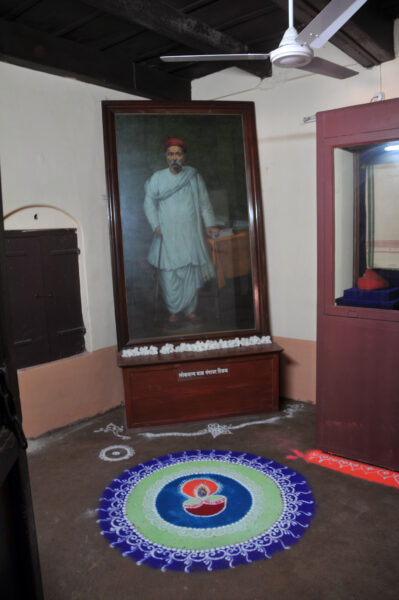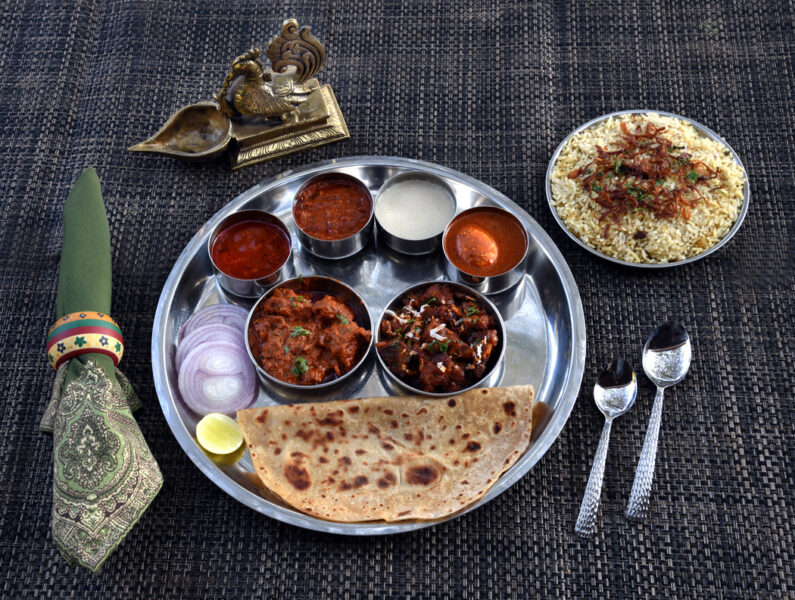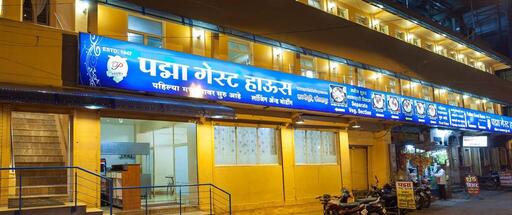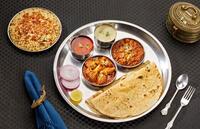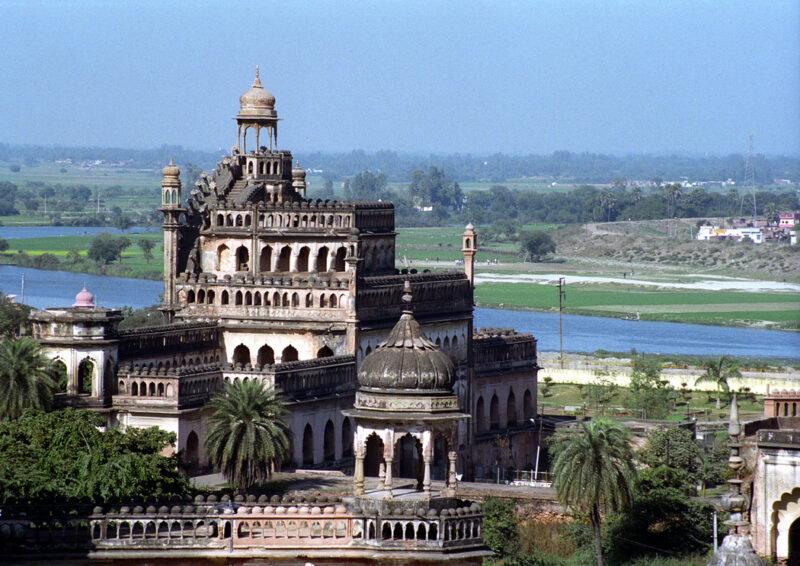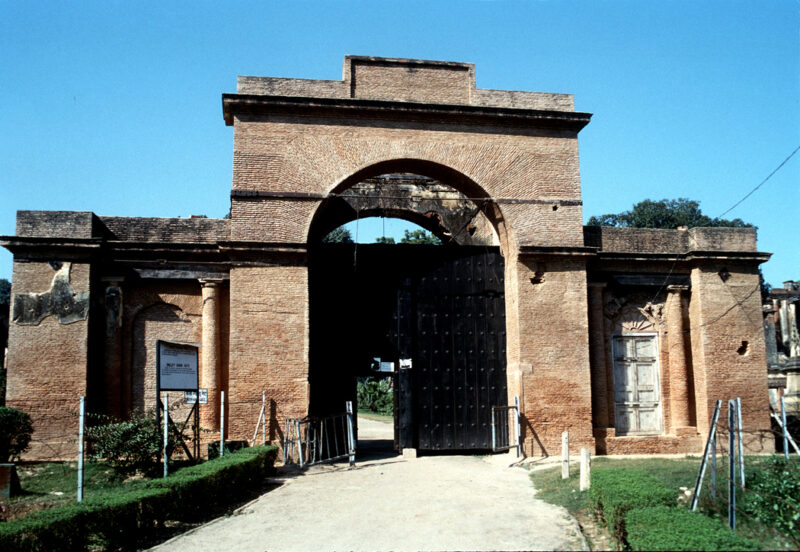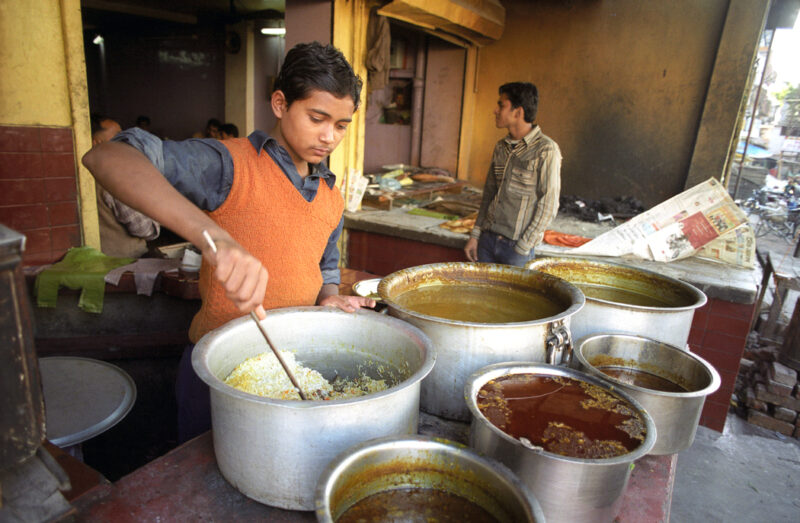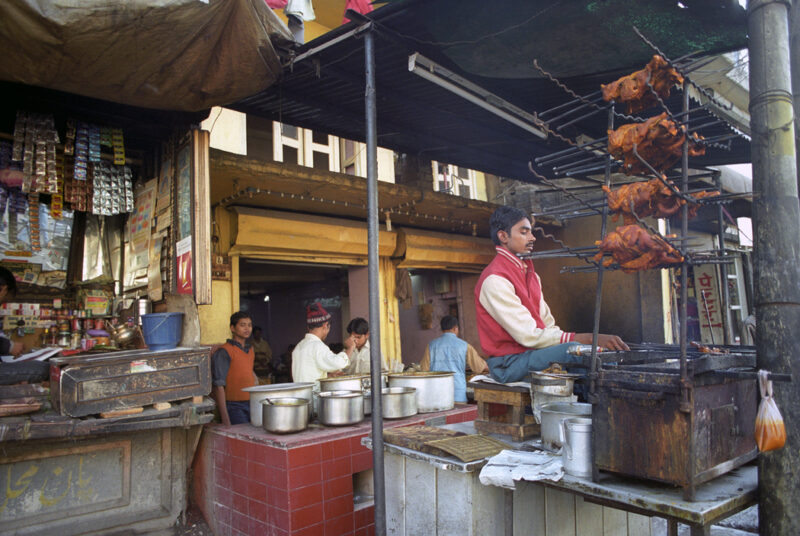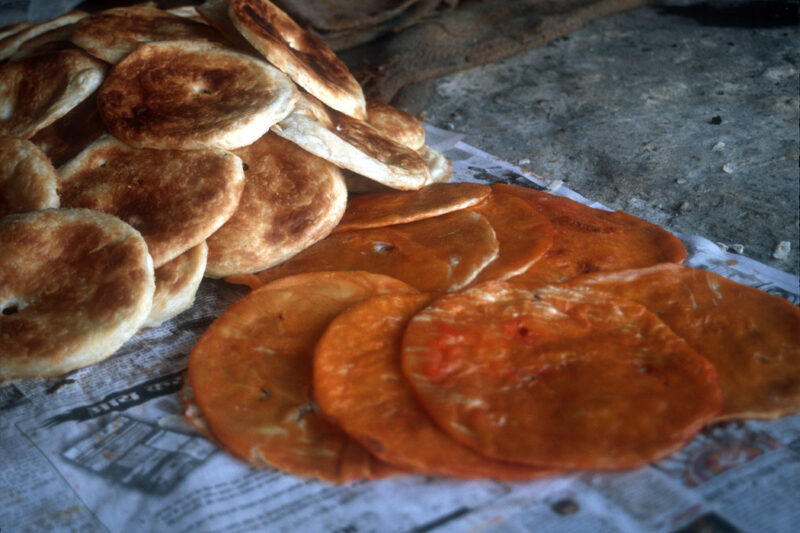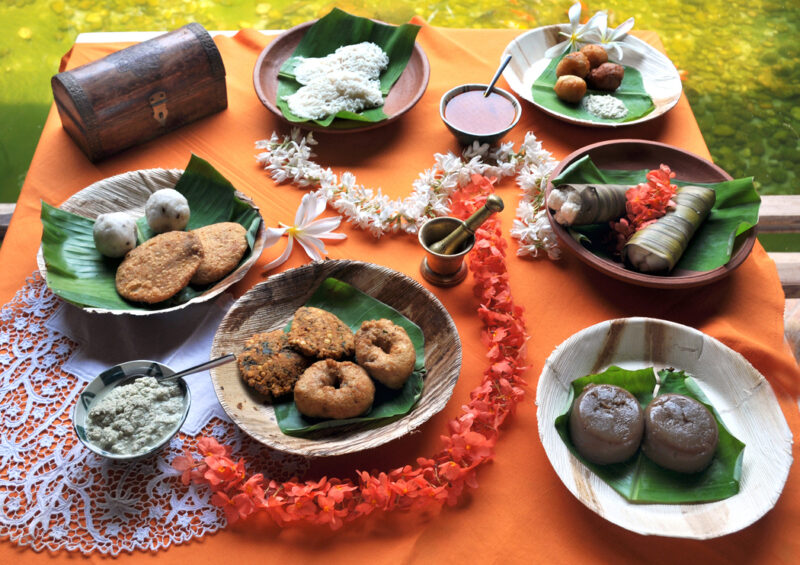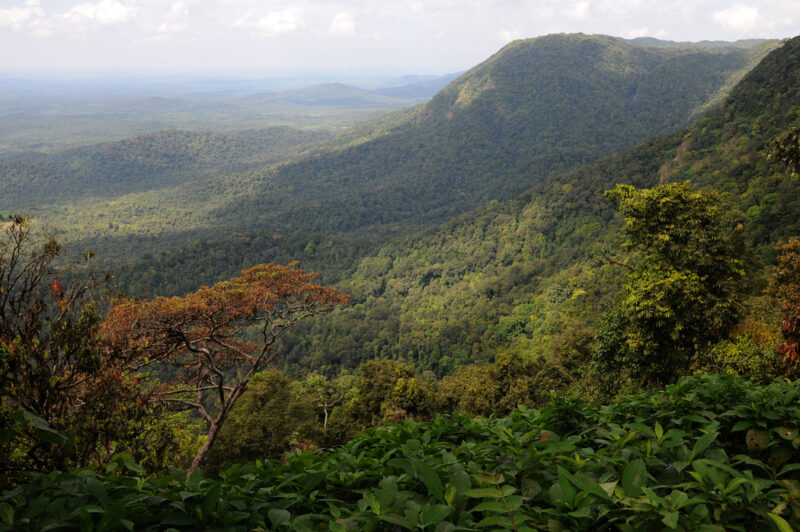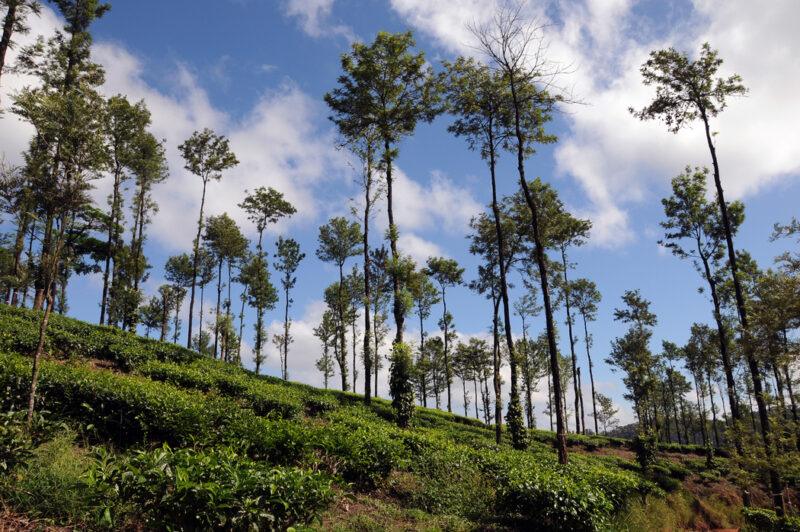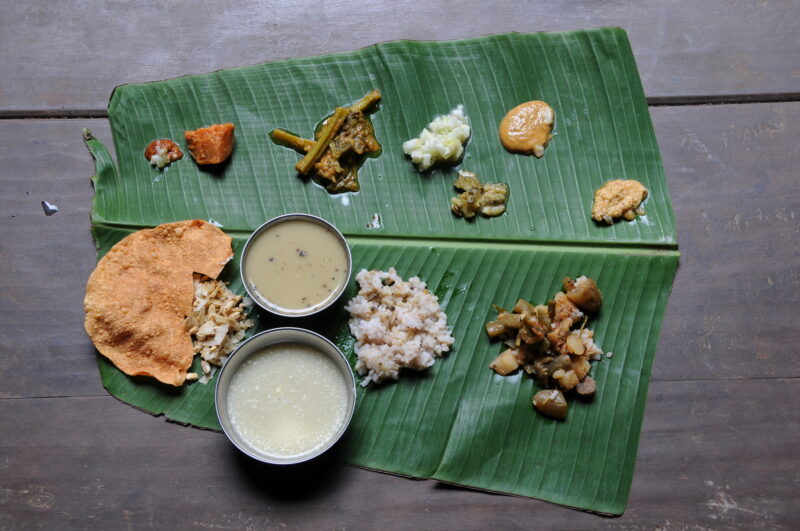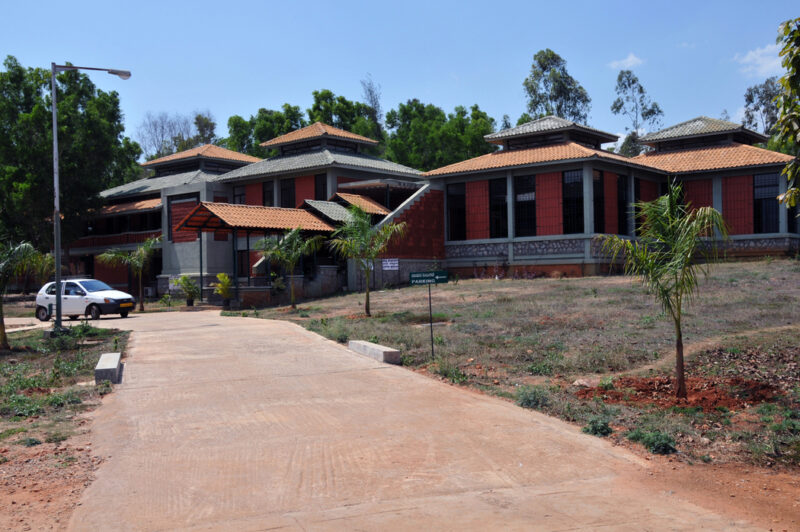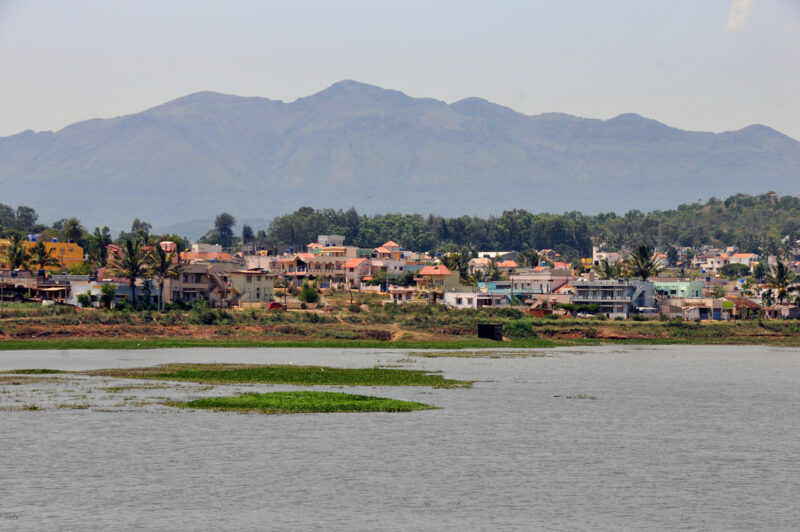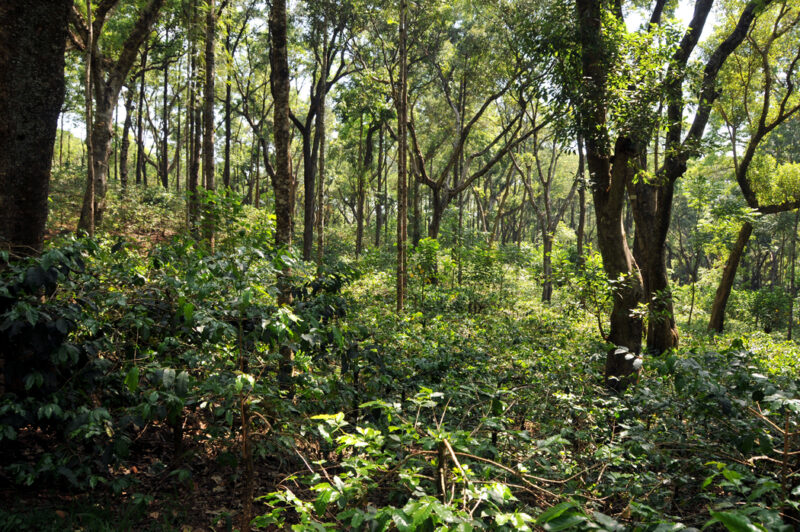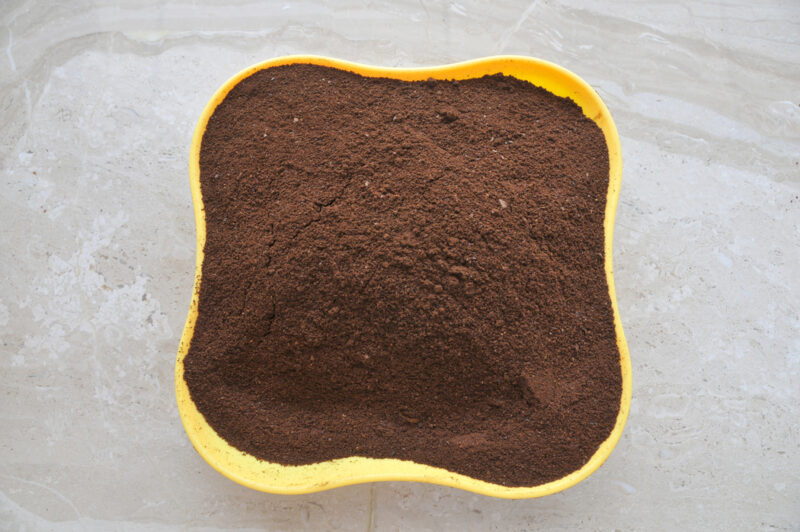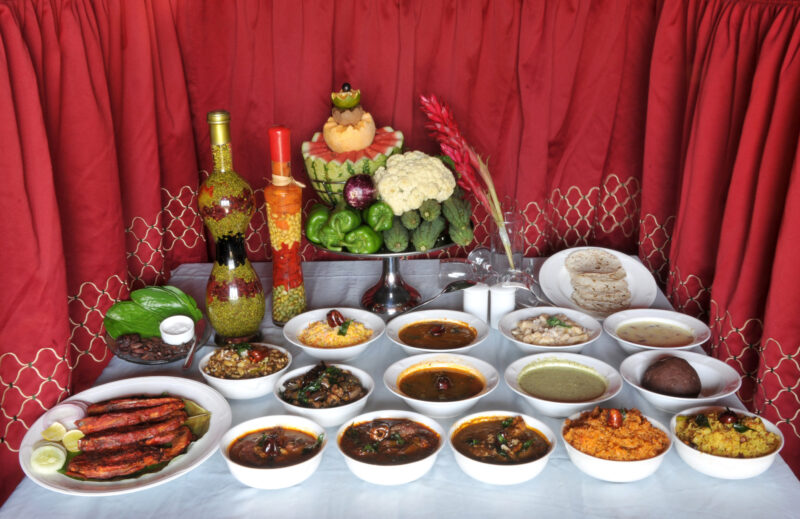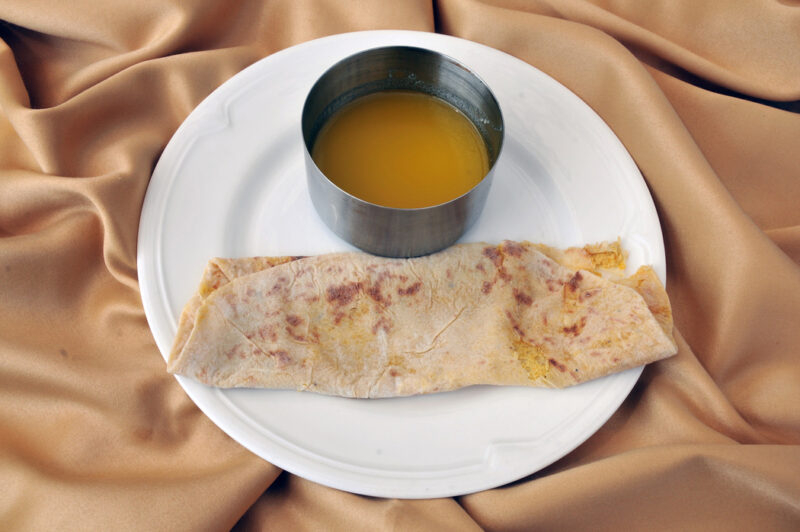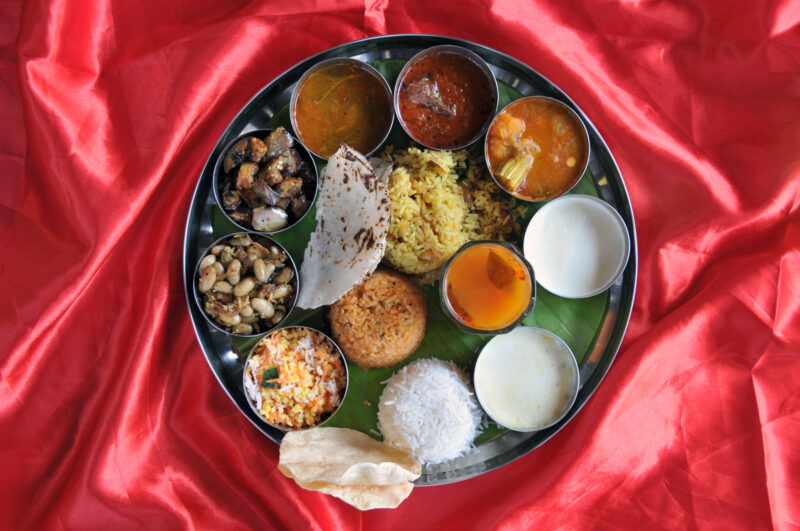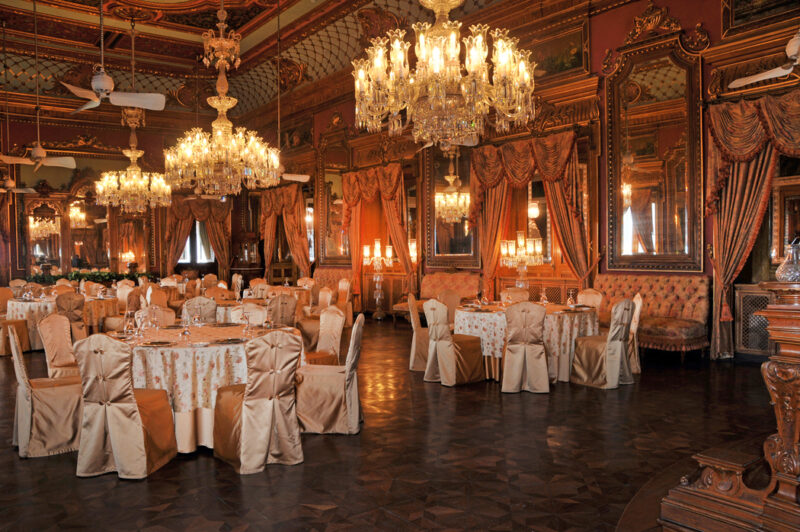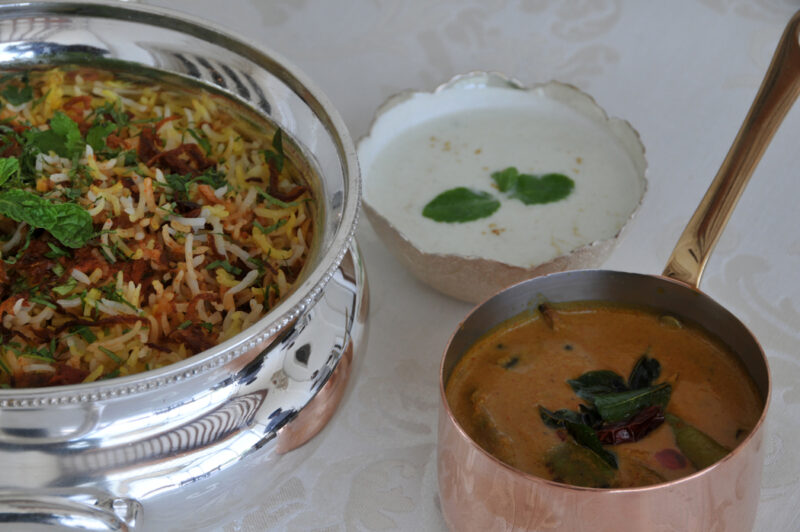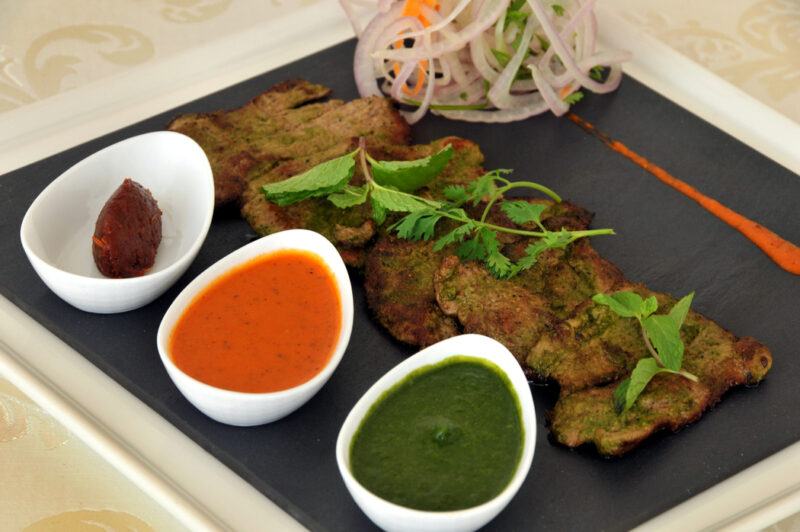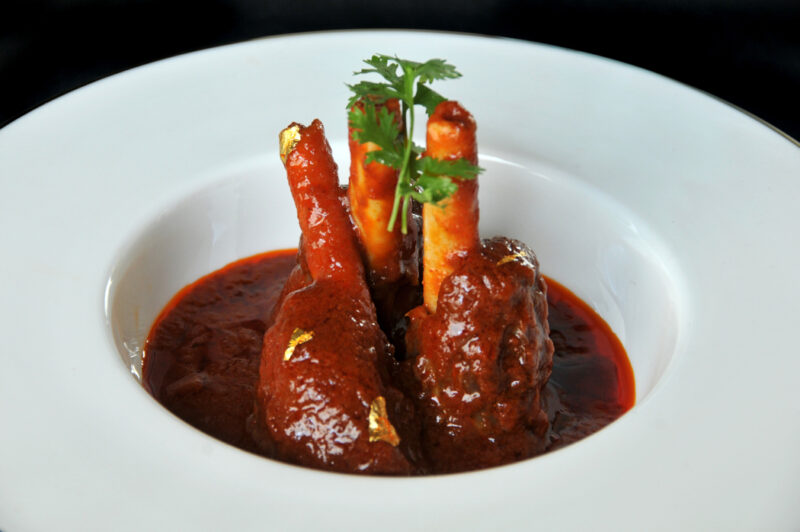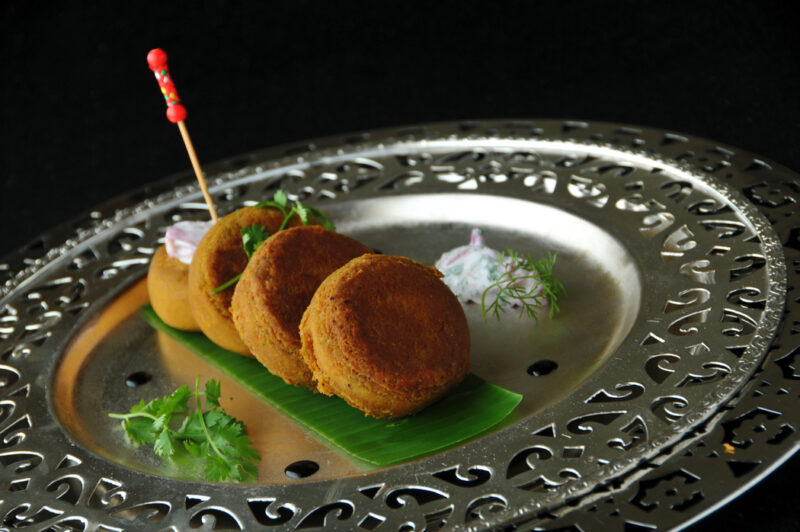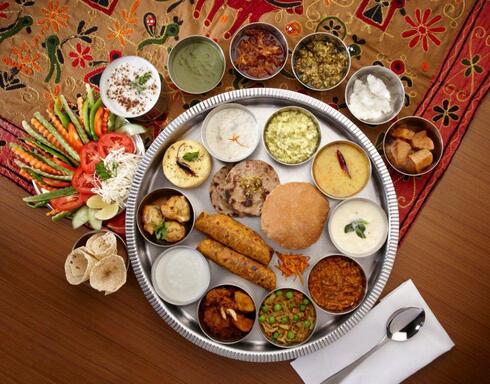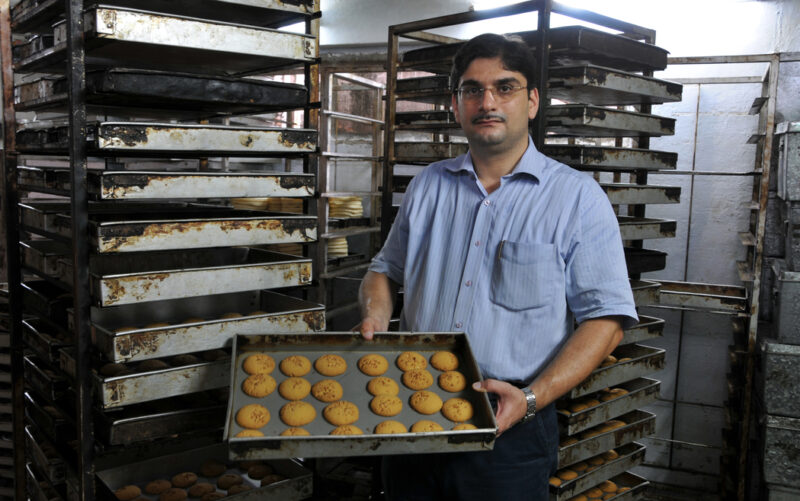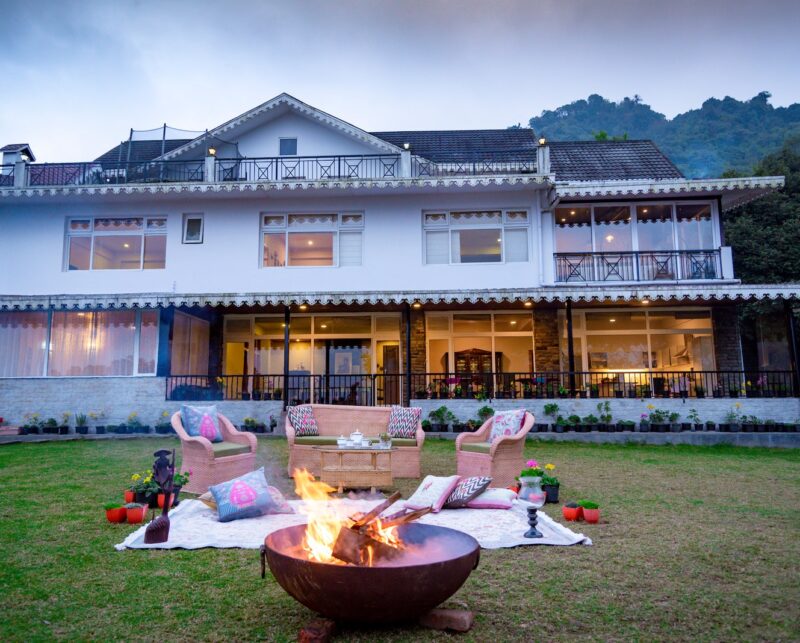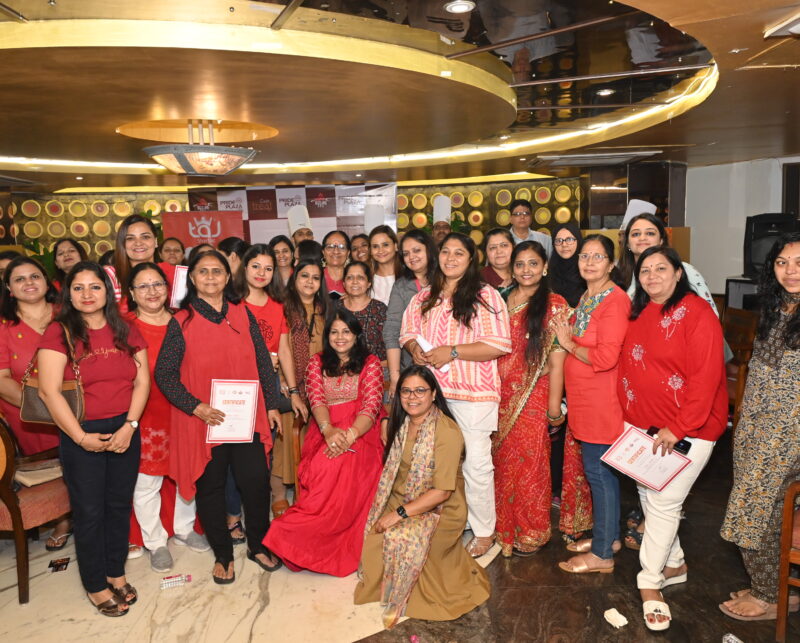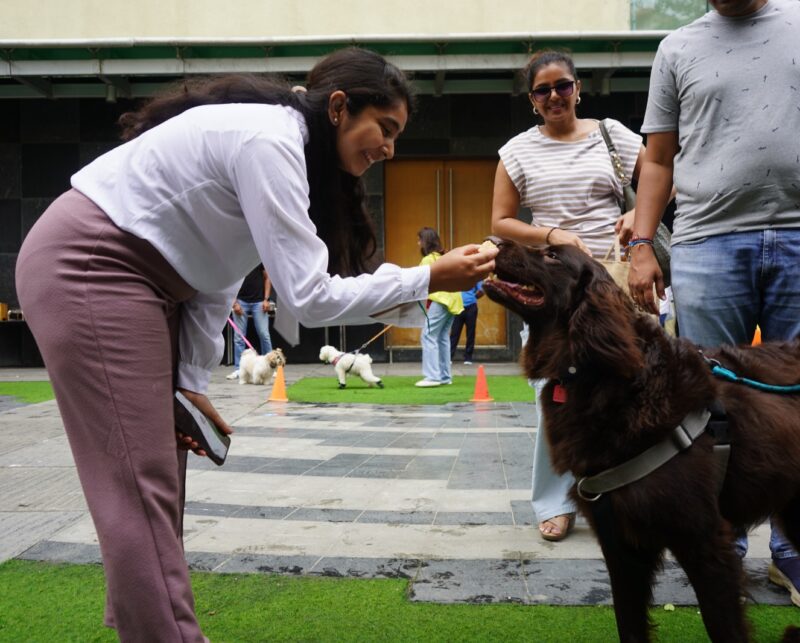INDIA’S CULINARY CITIES
Anil Mulchandani
For many destinations, food is a key element in the city’s brand image. Gastronomy or culinary tourism is integral to promoting and branding destinations. While gastronomy tourism is little-known in India, activities around the subset of food and agriculture tourism exist in many states of India.
In this article, we explore some of the cities that have become synonymous among tourists with their food.
AMRITSAR
Amritsar is closely associated with its food items like the Amritsari kulcha, Amritsari machhi, Amritsari papad and Amritsari vadi.
This city bustles with tourists and pilgrims because of the legendary Golden Temple or Harmandir Sahib which is one of the most magnificent monuments in India and among the top places of pilgrimage for Sikhs and Sindhi Hindus. The spiritual centre of the temple complex is the lake called Amritsarovar enclosed by a walkway. At the end of the lake, a causeway leads to the façade of the temple which is built in a mix of Hindu and Islamic architectural styles. The marble walls of the temple are inlaid with highly polished colored stones set to form images in the style called Pietra dura. The upper walls are clad with engraved gold panels and topped by a golden dome. One of the attractions of the temples is the Guru-ka-Langar, the community kitchen that feeds countless people totally free of cost. The volunteers or Kar Sevaks are involved with chopping, cooking and washing activities.
The area around the Golden Temple has been redeveloped with urban landscaping that makes it easy to visit the destinations around using
pedestrian walkways. The Town Hall here has been beautifully restored and houses the poignant Partition Museum with archives and memorabilia telling tales of the partition of India and Pakistan that resulted in the largest migration
in human history. Nearby, Jallianwala Bagh with a memorial that commemorates the martyrs who lost their lives when soldiers were ordered to shoot unarmed peaceful protestors in the park during Baisakhi festival season in 1919.
The markets around the Golden Temple bustle with shops selling Punjabi floral embroidery called phulkaris, footwear called jootis, textiles and food products like aam papad (mango leather), papad, wadi, masalas and pink salt.
This part of Amritsar called the Hall Bazaar is well-known for its `dhabas’, rustic eateries some of which have evolved into restaurants like Bharawan da Dhaba and Brother Dhaba. You can explore the markets to find the legendary jalebiwala, lassi wala and chai wala. There are many places for kulcha with cholley, with different people having their own favourites. Lawrence Road is famous for fish, chicken and mutton places.
Apart from the Golden Temple, tourists head to the Wagah Border where they can witness the Beating of the Retreat on both sides of the India-Pakistan border. Nearby, places specialize in serving food of Lahore.
Exploring possibilities
One of the hidden gems of Amritsar, Harike Lake is about an hour from the city. It is also known as “Hari-ke-Pattan”, with the Harike Lake making it one of the largest wetlands in northern India. This man-made, riverine wetland spreads into the three districts of Tarn Taran Sahib, Ferozepur and Kapurthala in Punjab. At the confluence of two rivers, Harike is dotted with 13 islands. About 200,000 birds have been estimated during the winter migration season. This lake also provides habitats to otters and river dolphins. The Sikh temple or gurdwara here is a pilgrimage site. The lake is a centre for fisheries, and fresh fish catches come to the bazaar. At small eateries, the fish is marinated and coated with masala before being fried for tourists. With the many farms in this riverine region, you can also get fresh vegetables and fruit juices in the market. Harike lacks facilities for tourists and can be explored as a potential place to set up birdwatching lodges, camps, resorts, picnic sites and restaurants.
In a bid to attract tourists to the villages, the Punjab government has launched a farm tourism scheme.
MALVAN
Malvan in Maharashtra’s Sindhdurg District is known for its seafood dishes like the Malvani fish curry made in a reddish coloured gravy. It also lends its name to the Malvani Khaja made from gramflour and coated jaggery as well as Malvani Ladoos. Konkani Meva, Aambawadi, Fanaspoli, Kajuwadi, and Naralachya Wadya are other popular sweets of the 500-km long coastline of Maharashtra.
Malvan is also the headquarters of a marine wildlife reserve, one of India’s few Marine National Parks. You can go scuba diving or snorkeling to get close to the marine life. The fort of Sindhudurg can be seen from Malvan.
Near the town at the estuary of the Karli River, Tarkarli is a great place for river trips, beach activities, water-based adventure sports, dolphin spotting, houseboat holidays, or just whiling away time on the waterfront. Here, you find the river flowing through lush green landscapes of
palms, casuarinas, mature trees, fruit orchards and estuarine mangrove forests, picturesque backwaters, and stunning beaches like Tarkarli and Devbagh.
Devbagh, near the meeting place of the river and the sea, is the base for many water-based activities. One of the highlights here is the morning boat trip during which you get excellent views of bottle-nosed dolphins surfacing for air, frolicking or even communicating with each other through a series of whistles. The boat trip can also take you down to the Tsunami Island which is believed to have appeared after the Tsunami, isolated beaches, and sand bars where gulls. You can see a variety of coastal scenery from the boat. If you are more into sports
activities than a serene boat trip, there are banana boats and speed boats for rides.
The best place to unwind is the Devbagh beach. Walk on the beach where you can see marine life like star-fish, crabs, clams and shells.
Exploring Possibilities
Mopa International Airport is being developed in North Goa, about 70km from Sindhudurg. This could help bring Malvan and its nearby beaches to tourist limelight.
Mangrove Cell and Foundation is now planning to introduce tidepooling in this district. The intertidal zone of rocky coasts is home to some amazing formations, including intertidal rock pools where you can get close views of marine life during the low tide. Studies along the coast of Ratnagiri and Sindhudurg districts yielded 30 seaweed and algae species, 80 phytoplankton species, 73 zooplankton species, 90 species of mammals, birds, reptiles and fishes, and invertebrates like crustaceans, echinoderms, annelids and amphipods among others).
Currently most of the tourists visiting this district stay in homestays or small hotels. The potential of beach resorts and other facilities is worth exploring.
KOLHAPUR
Kolhapur lends its name of a number of dishes served in restaurants and street food like Kolhapuri missal. .
The Kolhapur Princely State was among Maharashtra’s most prominent, with the Chhatrapati (Maharajas) introducing economic and social
reforms, patronising arts and cottage industries, and commissioning schools, colleges and hospitals. Today, Kolhapur is an affluent
industrial city and a marketplace for the rich agricultural areas. There are many goat farms in Kolhapur that is known for its mutton.
You can get jaggery in the markets.
Part of Kolhapur’s palace is open for visitors as the Chattrapati Shahu Museum. The museum offers a glimpse of the princely life in
Kolhapur through an exhibition of ornate silver howdahs and swings, pieces of antique furniture, royal portraits and paintings, costumes and robes, princely state crests, jewellery, gilded weapons and stuffed animals. Photographs show cheetahs trained to course fleet-footed antelope in the Kolhapur Princely State. The centrepiece of the palace is the Darbarhall which has huge chandeliers, mosaic tiles, arches and ornate cast iron galleries set on carved columns. Spend some time in the park to see the small zoo and the water body which
attracts ducks and other birds.
Kolhapur is also an important place of pilgrimage because of the Shri Mahalakshmi Temple in the town centre which is revered as one of the
51 Shakti Peethas where the mother goddess is worshipped. The temple is said to date from the seventh century Chalukya period and is thought to have been a centre of the Tantric cult during the 10 th century Yadava rule, but much of it dates from the 1700s. The cream-
painted pyramidal towers and the lamp towers are dominating features of the temple. A series of carved halls called mandapas lead to the
main shrine of Shri Mahalakshmi.
The markets around the temple have shops for silver ornaments and Kolhapuri chappals.
In the old city of Kolhapur, Padma Guest House was opened in 1947 near the 1941 Padma Talkies. This was a pioneer of the restaurant version of the Kolhapuri thali. The popular components of a Kolhapuri thali are Tambda Rassa or red curry, Pandhra Rassa which is a white gravy, Kolhapuri Thecha, a mutton pickle called Lonche, and acccompaniments like rotis, papad, kachumber salad, together with the main course of mutton or chicken. Dehati, Padma and Opal are some of the known places for Kolhapuri food.
Panhala is a hill resort about 21km from Kolhapur. 75km from Kolhapur, Dajipur Wildlife Sanctuary is a beautiful wilderness destination.
Exploring Possibilities
Maharashtra Tourism has amended its Agri Tourism Policy to make it more investor friendly. If an agricultural land is given on lease for a minimum period of 10 years, the lessee can apply to run an agri tourism centre on that land with the NOC of the lessor.
LUCKNOW
From kebabs to kulfi, Lucknow’s food is legendary. The Chowk, a market in the heart of the old city, opens early for breakfast. Start your morning with a meat feast of paya and nihari, stews of slow- cooked meat usually shanks and trotters rich in bone marrow. The gelatinous gravy can be mopped up with kulcha, a mildly leavened flatbread. A sweetish tandoor made bread called Sheermals are made with warm milk which is sweetened with sugar and generally flavoured with saffron. Started in 1890 by Haji Abdur Raheem Saheb, Raheem’s hotel is one of the famous places for paya or nihari with kulcha and sheermal. Lucknow is particularly renowned for its kebabs and yakhni pulao or biryani.
The road to the old quarters of Lucknow leads past the Rumi Darwaza, a floral-ornamented victory gate modelled on one of the gates to Asia
Minor in Istanbul. Around this gate, you can see many architecturally impressive buildings. Nearby is Lucknow’s enduring symbol from the
days of Nawab Asaf-Ud-Daula, often considered the golden era of Lucknow, the Bara Imambara which is a flamboyant monumental complex
used during the Muharram festival. Hussainabad or Chotta Imambara is a fairy-tale wedding cake like monument with a delicately gilded onion-shaped dome surrounded by minarets and domes.
The markets here bustle with shops selling chikankari fabrics and other crafts. The culinary legends of Lucknow lie in the old market
called Chowk, as well as Aminabad Chowk and Hazratganj.
Exploring Possibilities
Uttar Pradesh has a heritage tourism policy for those who want to covert forts, palaces and havelis into hotels and guest houses to promote tourism. At the time of writing, the state is set to launch a new tourism policy which will have a thrust on rural tourism and agriculture tourism.
MANGALORE
Mangalore or Mangaluru lends its name to distinctive seafood dishes. With a sapphire-blue sea to the west and emerald-green hills to the east, the coastal road offers access to holy places, architecturally-interesting heritage sites, and other cultural attractions. This is also an excellent area for water-based activities like surfing, scuba diving and water sports.
This coastal road also offers access to some exciting food destinations like Bhatkal known for its biryani and halwa, Udupi famous for its temple food, Mangalore famous for its seafood and a number of places from Karwar to Ulal that offer delicious seafood.
Coconut, chilllies and spices make the base for Mangalorean fish and other seafood curries. Another kind of curry is Pulimunchi, which is based on tamarind, and flavoured with mustard seeds,
fenugreek and chillies. In Mangalore, the food of the Catholics has much in common with Goan and Portuguese cuisines. Coconut Macaroons and kuswar are among the popular confections.
Exploring Possibilities
Karnataka Tourism’s policy offers incentives for adventure tourism, caravan tourism, houseboat tourism and wellness tourism as well as wayside amenities, hotels, agri-tourism projects, cultural tourism projects and heritage tourism projects..
HYDERABAD
The city of Nawabs is deservedly famous for its food. Hyderabadi Haleem has a GI mark, the kacche ghost ka biryani is legendary, and patthar gosht, baghare baigan, khubani ka meetha and double ka meetha are some of the other classics.
The city abounds in attractions like the Charminar and the Chowmahalla Palace, a complex of four palaces, gardens, fountains, courtyards, clock tower and a grand audience hall called Khilavat or Darbar. The top attraction is the Salar Jung Museum, which is one of India’s most iconic. The museum exhibits the collections of Mir Yousuf Ali Khan, titled Salar Jung II1, who was the Prime Minister of Nizam Mir Osman Ali Khan. The museum has exhibits from various countries. There are stone and bronze sculptures, painted cloths, wood carvings, metal-ware, manuscripts, arms and armour, carpets, ceramics, glass, metal ware, furniture, lacquerwork, and books from India and the middle-east, porcelain, bronze, enamel, lacquer ware, embroidery, paintings, wood and inlay work from China, Japan and South-east Asia, and European art. The key collections are Mughal Jade which includes an exquisite leaf-shaped cup, miniature paintings
and illustrated manuscripts.
Exploring Possibilities
The great monuments of the Deccan Sultanate like Golconda Fort, the citadel of Bidar, the medieval buildings of Gulbarga and the iconic monuments of Bijapur form an excellent heritage tourism trail that has yet to tap its potential.
SURAT
Surat is Gujarat’s famous food city. It lends its name to many dishes like Surti Undhiyu, Surti Egg Ghotalo, Surti Locho and Surat ni Ghari. Visitors to Surat drool over its khaman and locho, its egg dishes, the meat dishes of Zampa Bazaar, rich sweets like ghari, the Burmese-inspired food at Rander, all among Gujarat’s culinary legends. In winter, people head to Surat for ponk and matka undhiyu. An important heritage of Surat is its Parsee owned bakeries some of which have a history going back more than 200 years.
This city has historical remains of the Gujarat Sultanate, the Mughal Empire, the Dutch and British East India Companies, and even the Armenian traders who were based in Surat.
Exploring Possibilities
Gujarat Tourism has an attractive Heritage Tourism Policy for those who want to acquire a property built before 1950 for adaptive reuse as a heritage hotel. It also has a Cinematic Tourism Policy.


